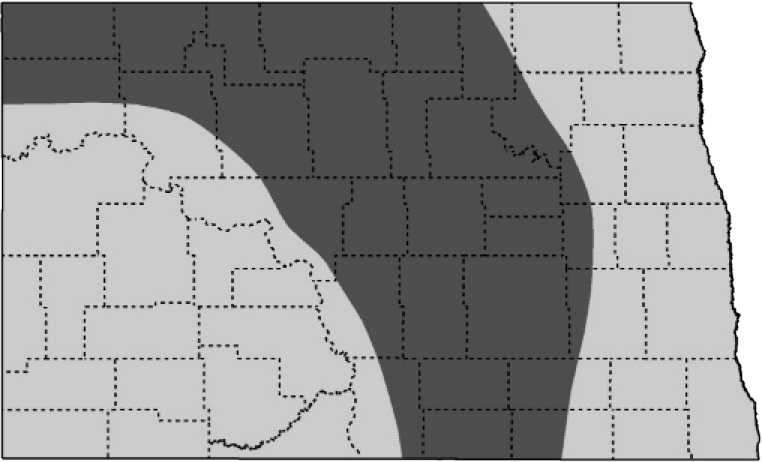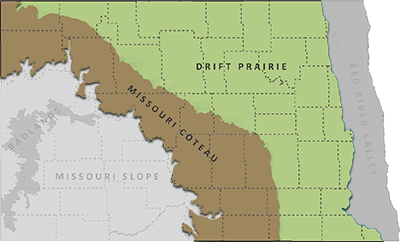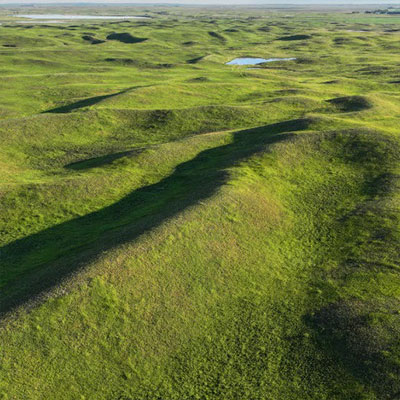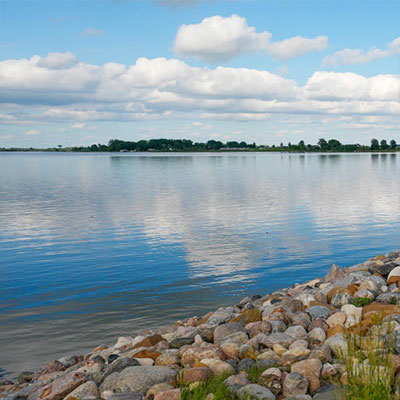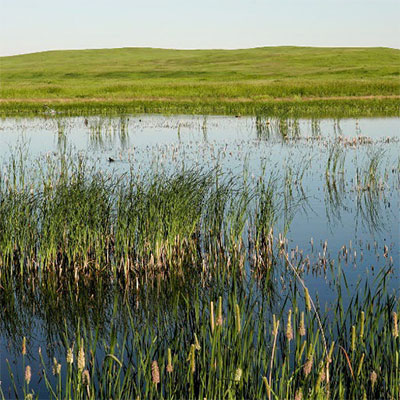Lesser Scaup
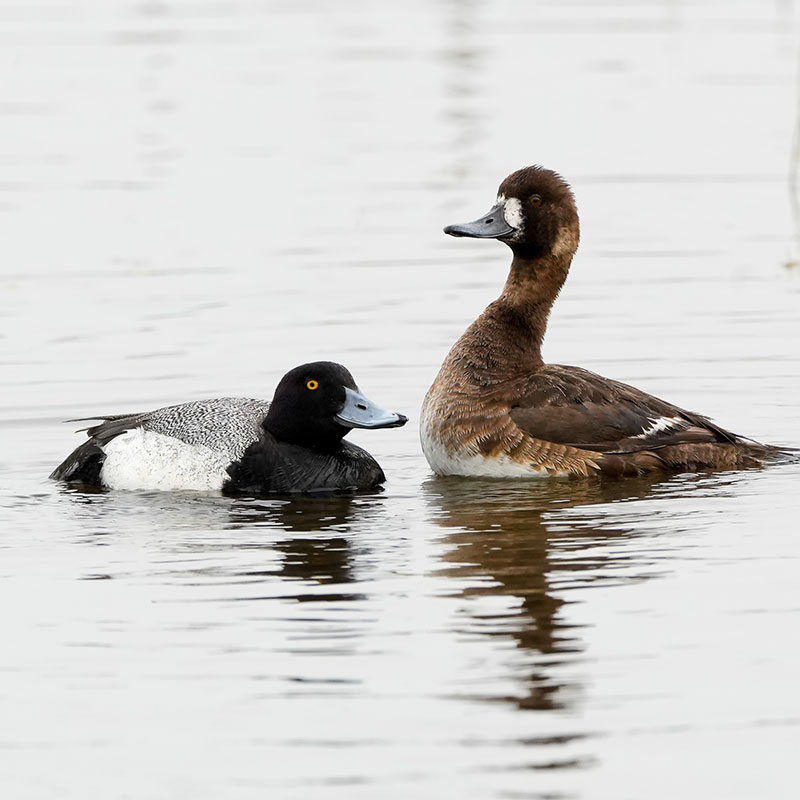
NDGF
Description/Identification: L 16.5”, WS 25”, 1.8lb. Medium-sized diving duck, mostly black and white (male), with purple and green iridescence on the head, blue bill. Female brownish-gray with patches of white at the base of the bill.
Status in North Dakota
Occurs in North Dakota from early March to mid-December. Peak breeding season from mid-May to mid-August.
Reason for SWAP Designation
At-risk, ND range important (SGCN b.).
ND ranks 2nd out of 14 states for highest percent of the global population (3.95%) during the breeding season (eBird).
The peak week for Lesser Scaup migration in ND (~1-Nov) hosts >35% (35.03) of the global population.
ND has high stewardship responsibility for this species.
Threats
Loss of grassland/wetland complexes.
Loss and degradation of wetlands, drainage and wetland consolidation.
Hydrologic shifts in wetlands of the PPR due to wetland consolidation and drainage, climate and land use changes (i.e. lakeification).
Classified as climate-threatened, Lesser Scaup is projected to lose more than half of its current distribution by 2080, with potential net gains of new areas (Audubon).
Increasing applications of agrochemicals and adverse impacts to water quality, the wetland vegetative community, and the aquatic invertebrate community.
More frequent or intense harmful algal blooms.
Aquatic nuisance species spreading and damaging wetland ecosystems.
Stocking or movement of fish into wetlands alters the aquatic invertebrate and plant community.
Collisions with overhead lines and wind turbines.
Research and Monitoring
Habitat requirements and demographics have been extensively researched on the breeding grounds.
The Waterfowl Breeding Population and Habitat Survey (May Survey) is a long-standing survey conducted in the U.S. and Canada and provides annual breeding population estimates for most ducks in North America.
The NDGF has also conducted an annual spring breeding duck survey since 1948.
Management Recommendations
- Preserve large tracts of grasslands and wetland complexes.
- Maintain a diversity of planted grasslands, including tame and multi-species native grassland restoration.
- Maintain grasslands free of or with little woody vegetation.
- Restore hydrology and vegetation to degraded wetlands.
- Leave grassed buffer strips around wetlands and waterways to prevent erosion and runoff into wetlands.
- Delay haying or mowing until after August 1.
- Stocking fish in shallow wetlands can be detrimental to waterfowl production.
- Follow aquatic nuisance species rules and regulations.
- Follow beneficial or best practices during the design, siting, construction, operation, and maintenance of tall structures (e.g. transmission lines, communication towers, wind turbines).

